On May 8, 2025, the People's Committee of Muong Lay town ( Dien Bien province) coordinated with the Vietnam Record Organization to organize the Vietnam Record Announcement Ceremony "The town with the highest density of traditional stilt houses of the Thai ethnic group of the White Thai branch in Vietnam".
Vice Chairman of Dien Bien Provincial People's Committee Pham Duc Toan emphasized that the establishment of the Vietnam Record has deeply affirmed the value of the traditional stilt house of the White Thai people in Muong Lay town, not only as a place of residence, but also as a sacred cultural symbol, closely associated with the spiritual life of the community.
The record title has honored the stilt house as a "living museum", a place that preserves a treasure trove of folk knowledge, traditional architectural techniques and indigenous cultural values.
Dense ancient stilt house system
Muong Lay is the smallest town in the country with a total natural area of 11,266.56 hectares, administrative boundaries include 02 wards and 01 commune, located in a narrow, long valley, at the intersection of the Da River, Nam Na River and Nam Lay stream.
This is the home of 09 ethnic communities, the capital, cultural center of the Thai ethnic group of the White Thai branch of Dien Bien province. Currently, the Thai ethnic group in Muong Lay town accounts for the largest proportion, nearly 70% of the town's population.
The Thai ethnic community of the White Thai branch in the town is currently preserving National Intangible Cultural Heritages such as Then Kin Pang Ceremony, Thai Xoe art, folk knowledge of making Khau Xen cake and Chi Chop cake; has many contributions to two representative intangible cultural heritages of humanity recognized by UNESCO: "Then practice of the Tay, Nung, Thai people in Vietnam", "Thai Xoe art"; the annual traditional swallow-tail boat racing festival and many other types of heritage.

Muong Lay is one of the rare areas in the Northwest that still preserves the traditional stilt house system with the densest and most well-planned density in Vietnam, up to 10.58 houses/km², much higher than localities with a large Thai population such as Moc Chau town, Quynh Nhai district, Son La province or Phong Tho district, Nam Nhun district, Lai Chau province.
This is not just a simple statistic, but also a vivid proof of the efforts to preserve the heritage of the government and the White Thai community here.
Currently, the total number of households with traditional stilt houses in the town is 1,192 households/3,198 households in the area, of which stilt houses with black stone roofs: 253 households, corrugated iron roofs: 293 households, tile roofs: 335 households, roofs made of other materials: 311 households.
With 1,192 traditional stilt houses, mainly concentrated in Na Lay ward and Lay Nua commune, Muong Lay deserves to be considered a "living museum" where folk knowledge about traditional stilt houses in the culture of the Thai people, the White Thai branch, converges and preserves.
Result of stilt house density/km2: Quynh Nhai district: 1.24 houses/km2; Moc Chau town: 1.6 houses/km2 (including Black Thai and White Thai); Nam Nhun district: 1.44 houses/km2; Phong Tho district: 0.27 houses/km2; Muong Lay town: 10.58 houses/km2.
Cradle of culture
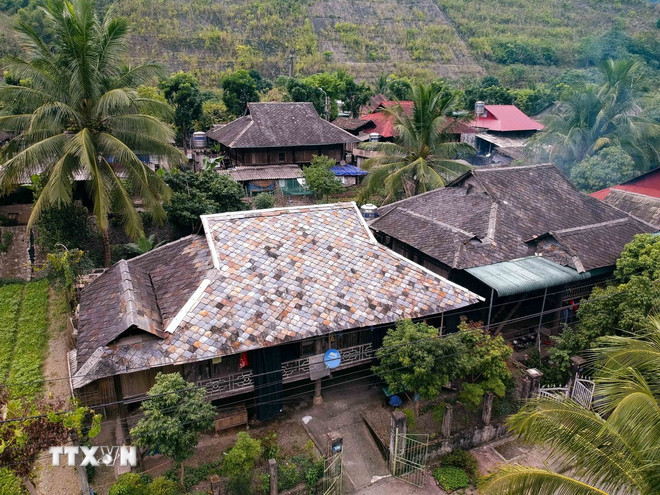
Located on the gentle Da River, Muong Lay town (Dien Bien province) is a long-standing home to the White Thai community - an ethnic group rich in cultural traditions, with distinct identities preserved and passed down through many generations.
In that treasure trove of cultural heritage, the traditional stilt house is not only a place to live, but also a sacred symbol, closely associated with the spiritual life and community activities of the White Thai people here.
That is where Thai boys and girls are born, grow up, get married and build their lives. In that house, children grow up to the sound of the Tinh lute and to the fairy tales their grandparents tell them by the fire. Also in that space, the bustling Xoe and Xap melodies resound, nurturing pride and community cohesion.
The space inside the stilt house is scientifically arranged, demonstrating the mindset of living closely with family and community.
The ancestral altar is placed in the most solemn position, next to the living room and common living space. The fireplace - where the whole family gathers together every evening, is also the place to preserve stories, lullabies, and poetic Thai folk songs.
Under the floor is a place to store farming tools, corn, rice, etc., demonstrating the flexibility and thrift in the lifestyle of the White Thai people.
Not only a place to live, the stilt house is also the center of spiritual and cultural life. This is where community activities such as housewarming ceremonies, weddings, traditional festivals, especially the famous xoè dances, soulful folk songs, the sound of the đàn tính, and the bustling drums take place every time Tet comes and spring comes.
Every sound, every dance step in the stilt house seems to blend into the mountain and forest space, reviving a whole spiritual and artistic world.
Nowadays, although modern life has brought many changes, the stilt houses of the White Thai people in Muong Lay are still preserved as a vivid cultural symbol, showing the strong bond between people and nature, between the present and the origin.
Those stilt houses are not just a place to live - but also a place to preserve the national soul, the heart of the village, the pride and indelible identity in the life of the White Thai people in the Northwest highlands.
Unique architecture of the White Thai people
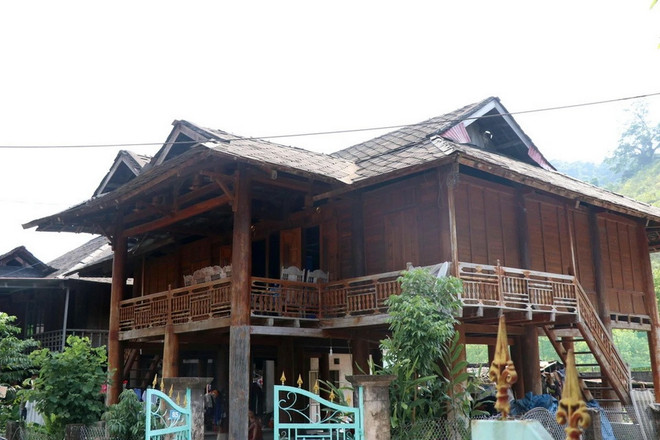
Traditional stilt house architecture has existed for a long time, hundreds of years, and has been passed down from generation to generation in the Thai ethnic community of the White Thai branch of Muong Lay.
The people have joined hands to build thousands of traditional stilt houses, creating a unique architectural complex, harmoniously combining contemporary life and traditional cultural space in the middle of the Northwest mountains.
To build a stilt house, first you have to choose and prepare the materials: Wood to build the house; the roof is covered with many different materials such as cogon grass, black stone, tiles, corrugated iron or other local materials, depending on the economic conditions of each family.
After being collected or purchased, wood must be soaked in water for 1 year or more to make it durable and termite-free.
After the wood has been soaked to the required level, take it out and let it dry. Then proceed to measure, carve columns, make floorboards, joists, and rafters.
Next is the step of assembling the frame for the stilt house. After assembling the frame, the house frame will be erected. Erecting the house frame requires extreme care. Depending on the type of wood and the size of the columns, the number of people needed to erect the house frame is: For large houses with large columns, the number of people needed to erect the house is up to 50-70 people. For normal stilt houses, 15-20 people are needed to erect the house.
After completing the house frame, proceed to install the floor, rafters, rafters, and finally the roof.
The White Thai stilt house is made of wood, with 2 staircases arranged in the front and back of the house. The front staircase is the main staircase going into the house, the back staircase is the secondary staircase and is placed in the room near the kitchen to go up to the house.
The number of rooms in a house depends on each family, but it must be an odd number. The Thai people believe that lucky numbers must be odd, so building a house must also follow that concept; the total number of windows and main doors must also be an odd number, and the number of steps on each staircase must also be an odd number.
The difference between the White Thai stilt houses and the Black Thai stilt houses is that the roofs on the two gables of the house will be made in a flat square shape, not curved like a turtle shell like the Black Thai stilt houses.
The traditional stilt house architecture of the White Thai ethnic group in Muong Lay contains the strong cultural and religious features of the people.
It is the place where family activities and ceremonies take place, where family members can rest and chat after tiring working hours. Traditional architecture demonstrates the talent, creativity, knowledge of nature and ingenuity of previous generations.
Traditional house architecture has become a firm belief for today's generations when building houses because of the values it brings, being solid, airy, safe and aesthetic./.
Source: https://www.vietnamplus.vn/tu-ky-luc-viet-nam-kham-pha-net-doc-dao-cua-quan-the-nha-san-cua-dan-toc-thai-trang-o-dien-bien-post1037339.vnp


![[Photo] Party and State leaders attend the special art program "You are Ho Chi Minh"](https://vphoto.vietnam.vn/thumb/1200x675/vietnam/resource/IMAGE/2025/5/18/6895913f94fd4c51aa4564ab14c3f250)
![[Photo] Ready for the top competitions of Vietnamese table tennis](https://vphoto.vietnam.vn/thumb/1200x675/vietnam/resource/IMAGE/2025/5/18/9c547c497c5a4ade8f98c8e7d44f5a41)
![[Photo] Many young people patiently lined up under the hot sun to receive a special supplement from Nhan Dan Newspaper.](https://vphoto.vietnam.vn/thumb/1200x675/vietnam/resource/IMAGE/2025/5/18/6f19d322f9364f0ebb6fbfe9377842d3)

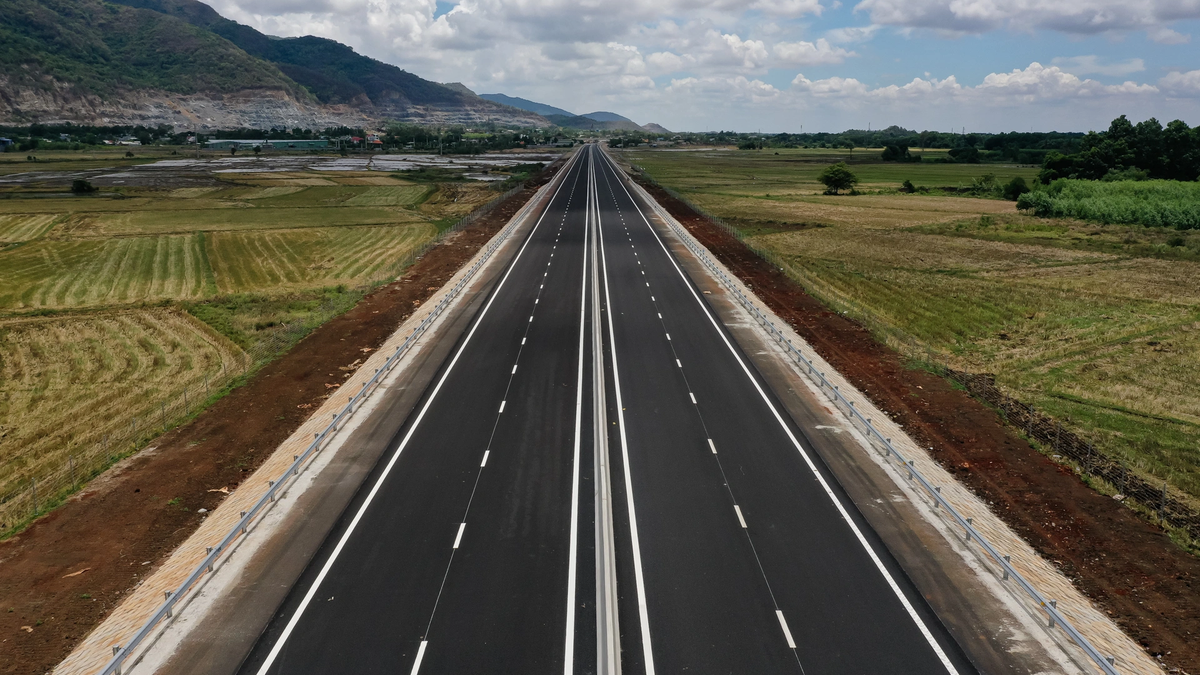

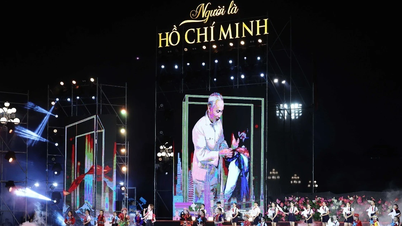


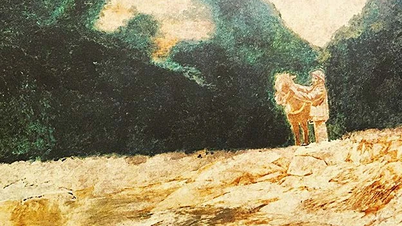




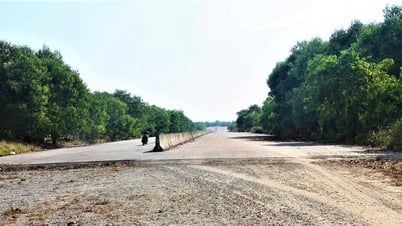




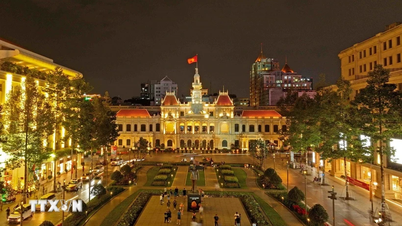
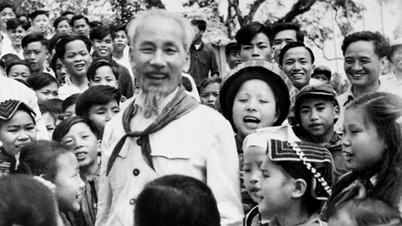






















































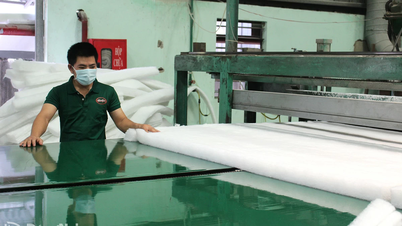














Comment (0)